|
If you want your roof to last as long as it was built to, you should know what aspects of your property may speed up your roof's deterioration. In this article, we'll go over how trees, location, and design affect the lifespan and condition of a roof.
Trees We recommend that tree branches stay at least ten feet from your roof. So, trim branches that are too close to your home. The branches can damage your roof's structure during an ice or wind storm. When branches hang over a roof, twigs and leaves can fall into the gutters, clogging them. Furthermore, twigs can form a blanket of debris on the roof and attract moisture. Moisture leads to roof rot. Location When it comes to your roof's lifespan, it matters where you live. · Coastal areas. Humidity levels are high in coastal regions, which can cause the metal to corrode and rust more quickly. Additionally, it increases the risk of mold and mildew growth, leading to wood and insulation rot. Moisture in the air invites lichen and algae to grow on the roof, which can lift and loosen shingles or cause leaks. When moisture is trapped on a roof, the deck can warp or expand, leading to interior damage. The constant exposure to wind and sand in coastal areas leads to erosion and pitting. In time, the shingles may crack, curl, or become brittle, reducing their effectiveness at keeping water out. · Hot, sunny locations. Hot days with prolonged sun exposure fade color and crack material over time. UV rays accelerate deterioration. · Storm alleys. Strong winds, heavy hail, snow, and ice threaten your roof. For example, tree branches and hail may puncture the roof, or wind can blow away shingles and tiles. Design Your roof's design can make your roof more vulnerable to damage. For example, darker colors may hold on to too much heat, causing cracking and accelerated damage. On the other hand, you need proper insulation that can hold enough heat to prevent ice accumulation. Flat roofs with small slopes may deteriorate faster because of slow water movement. If you're wondering about the lifespan of your roof or if it has acquired damage, get an inspection. So, if you live in West Michigan, call Town Corners Roofing and Exteriors at 616-772-9700 or fill out our contact form for a FREE estimate. Stop Waiting For Exterior Or Interior Damage To Appear. Instead, Inspect Your Roof and Siding After Heavy Winds.
After storms with heavy winds, the only way to know what damage your exterior has acquired is to look for it. Be vigilant because wind damage to your roof and siding creates and accelerates problems concerning functionality, aesthetic appeal, and safety. The severity of the damage depends on the strength of the wind, the age of your roof, and the quality of maintenance. In this article, we'll discuss how to do a DIY inspection from the ground, attic, and roof. Start On Solid Ground. There is a bit of looking around while you're on the ground. Keep an eye out for:
Investigate the Attic. There are warning signs in your attic that suggest injuries to your roof. This is an expert-approved attic inspection checklist:
Inspect Your Roof. Last, it's time to get on the roof if you're comfortable doing so. Of course, it's safer to hire a roofing professional to do it. If you would instead do it yourself, we recommend using safety tools like a harness, spotter, roof harness anchor, sturdy ladder, and rubber-soled shoes.
So, if you live in West Michigan, call Town Corners Roofing and Exteriors at 616-772-9700 or fill out our contact form for a FREE estimate. We'll make necessary repairs ASAP so you can maintain your home's beauty and usability. Water damage isn't just damage; it's dangerous. Unfortunately, April showers can cause roof leaks in many ways. Let’s talk about how wind and rain increase the risk of leaks and why you should avoid interior water damage at all costs. Where Are the Leaks Coming From? Sadly, there are abundant ways for roof leaks to occur:
Water Damage Is Disastrous. Interior leaks can take a dangerous turn within the first 24 hours! A full day is enough time for mold to develop, walls, floors, and electronics to damage, and structural issues to occur. Furthermore, within one week, your house can become a biohazard, and after a week, your risks of structural damage will be severe. The earlier you address water damage, the easier, safer, and more inexpensive experience you will have. If you don't immediately address the situation, your insurance will unlikely cover it. When water sits, all germs, fungi, and bacteria breed. I'm sure you know how concerning that is for your health. What we find to be even scarier is that moisture and mold can be difficult to spot and reach. Let's take a look at your interior's vulnerability against water:
Inspect your roof for signs of leaks before it's too late! We offer inspections, roof repairs, and replacements in West Michigan. So, call Town Corners Roofing and Exteriors at 616-772-9700 or fill out our contact form for a FREE ESTIMATE. Whether you're building a house or remodeling your roof, it's essential to know the ramifications of the structure designs that you choose. Read on to consider all the styles, and combination of styles, of roofs and the pros and cons of each. Roofing Structures: The Pros and Cons Let's take a look at the advantages and disadvantages of each structure: DOME ROOF Pros:
PYRAMID ROOF Pros:
CURVED ROOF Pros:
SALTBOX ROOF Pros:
BONNET ROOF Pros:
BUTTERFLY ROOF Pros:
JERKINHEAD ROOF Pros:
SKILLION ROOF Pros:
FLAT ROOF Pros:
GAMBREL ROOF Pros:
MANSARD ROOF Pros:
HIP ROOF Pros:
GABLE ROOF Pros:
COMBINATION ROOFS Pros:
If you're building a home in West Michigan, call Town Corners Roofing at 616-772-9700 or fill out our contact form for a FREE consultation. Build a roof you can be proud of!
There is a way to remain confident that your home isn't falling apart. Simultaneously inspect your windows, doors, siding, and roof. It's convenient and saves money if you need to repair more than one thing at once!
A Thorough Inspection To make sure your home is ready for whatever weather is yet to come, we look for signs of future deterioration. These warnings include:
Protect Your Home Scheduling all your exterior inspections at once allows you to:
Convenient Planning When Buying a Home It's convenient to schedule a complete exterior inspection when considering buying a house. If the house has many red flags, you can dodge a bullet! When You Suspect Damage It's easier to plan for an inspection and repairs when the whole exterior is being looked at simultaneously. If you intend to miss work to be present, you only need to be absent once. If you live in West Michigan, call Town Corners Roofing and Exteriors at 616-772-9700 or fill out our contact form for a FREE estimate. Save money and ensure protection with a complete exterior inspection. Check-in on your home in the most convenient way. If you annually have a full house for the holidays, or entertain frequently, you may need a new roof before your neighbor. We have a little-known explanation. It involves heat, humidity, and condensation.
How Does the Population of a Home Affect the Roof? When discussing the relationship between your roof and an abundance of guests at home, it comes down to humans producing heat, humidity, and condensation.
The Damage Will Only Get Worse. Mold, decking, and shingle damage open the door to more problems.
Of course, we aren't suggesting you change your family traditions. But it’s important to ensure that your home has enough ventilation. Your home may need a dehumidifier and conserving energy as much as possible can also help. Inspect your roof if you suspect damafe. If you're in West Michigan, call Town Corners Roofing and Exteriors at 616-772-9700 or fill out our contact form for a FREE inspection and estimate. Avoid the consequences of roof damage. Happy holidays! |
<--- BACK TO HOMEMORE ROOFING NEWSArchives
June 2024
|


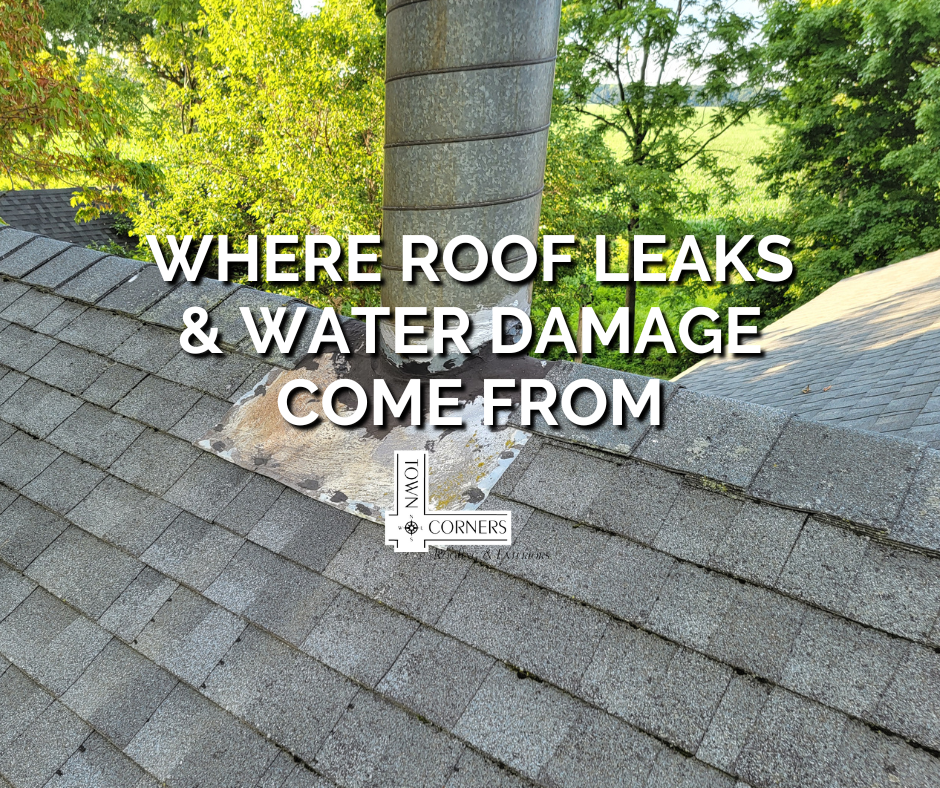

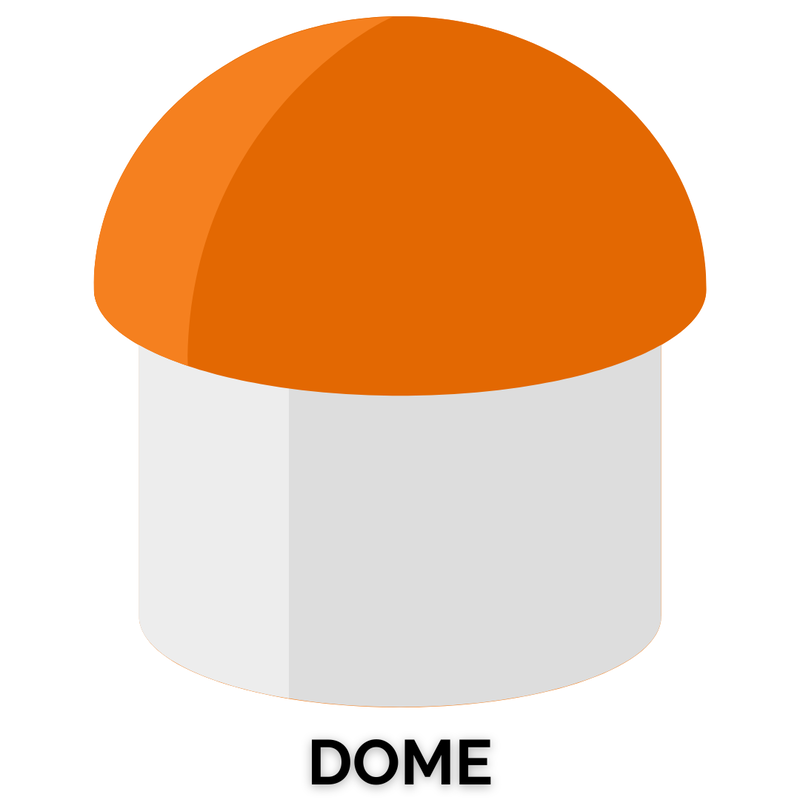

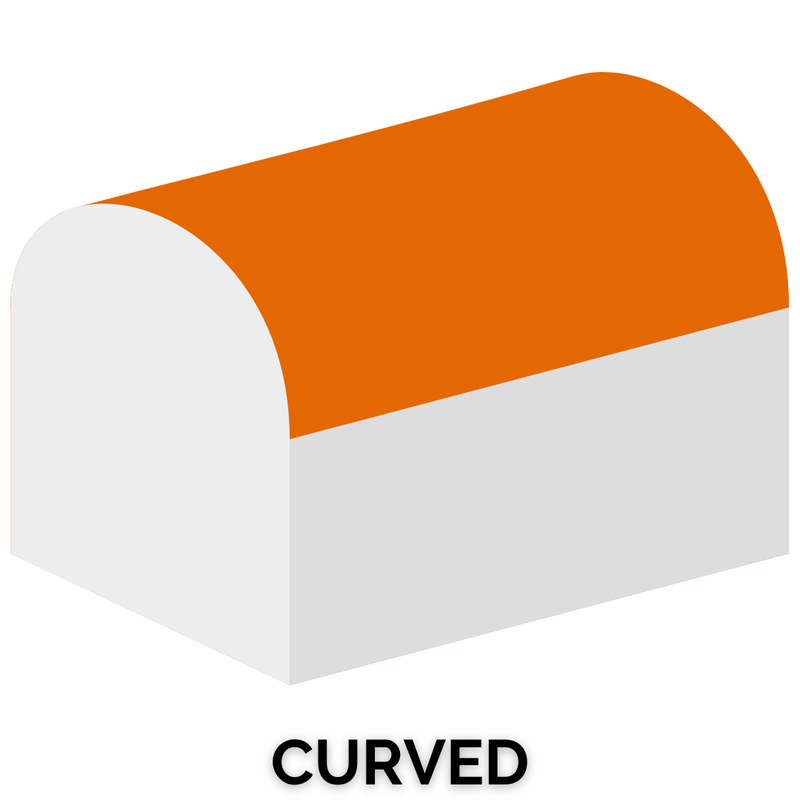
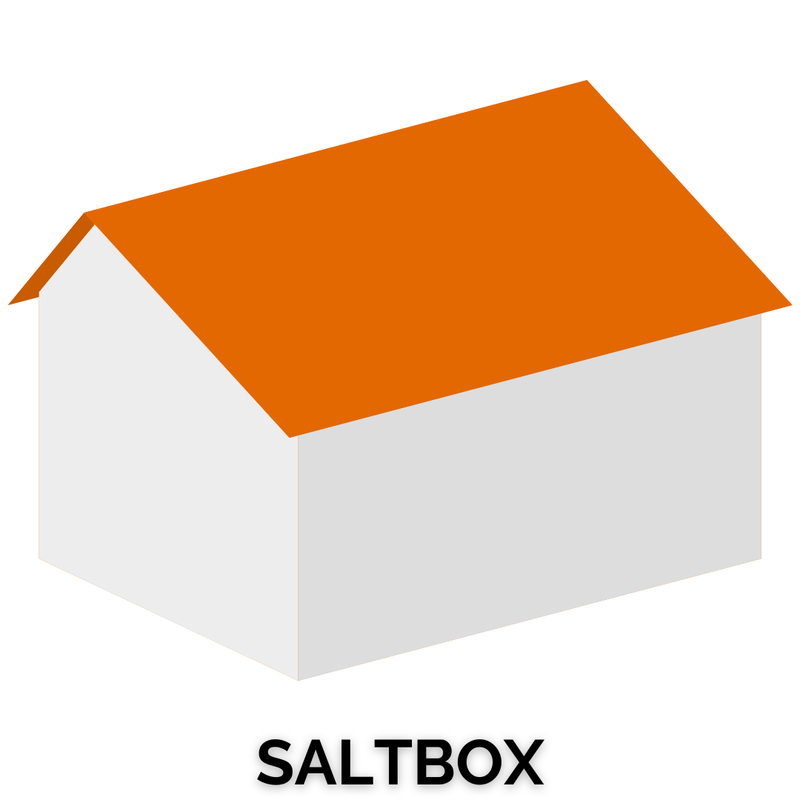


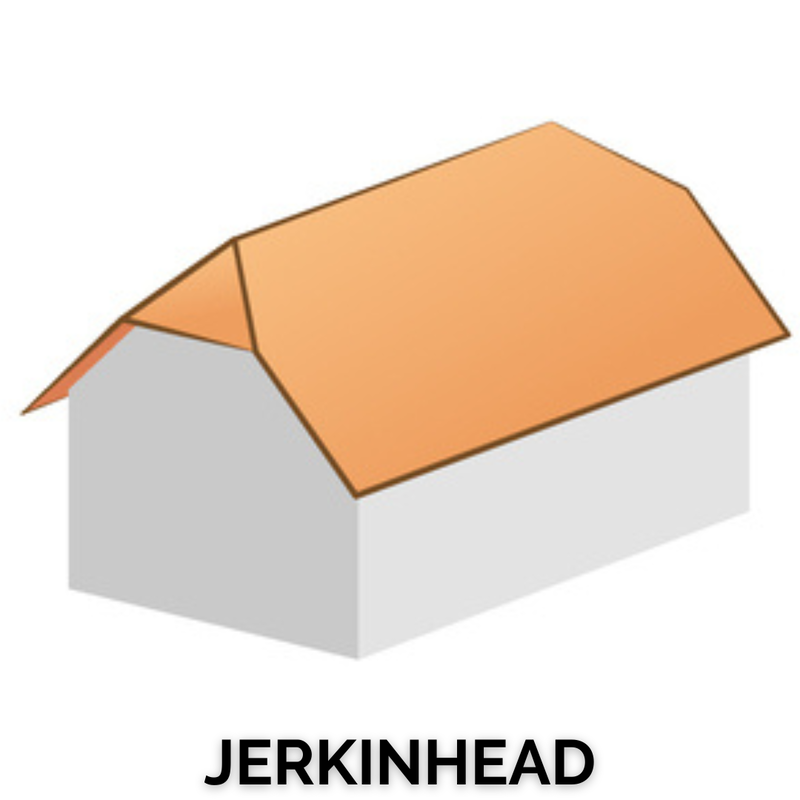

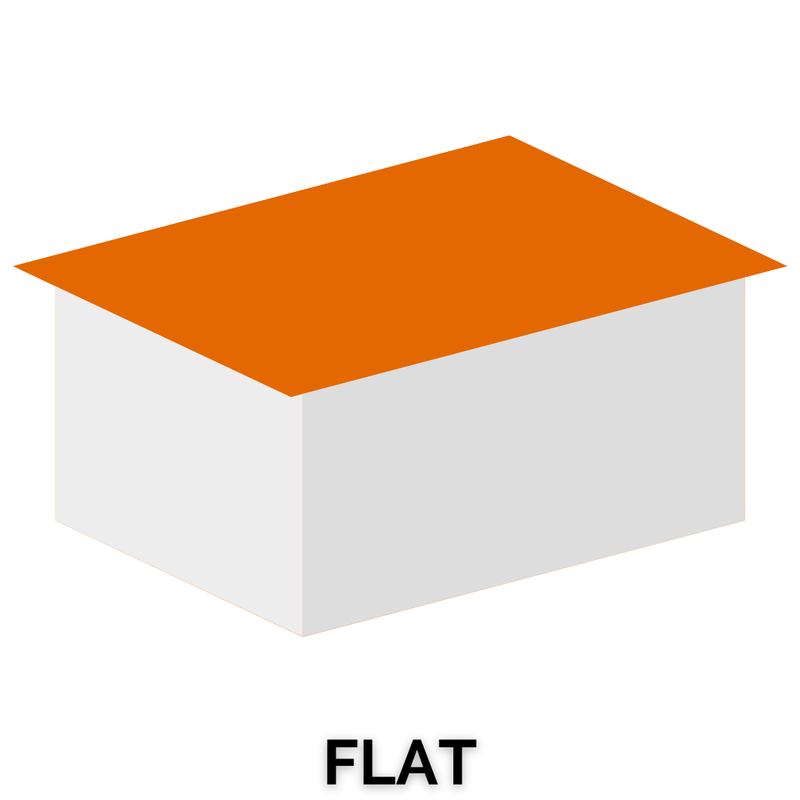

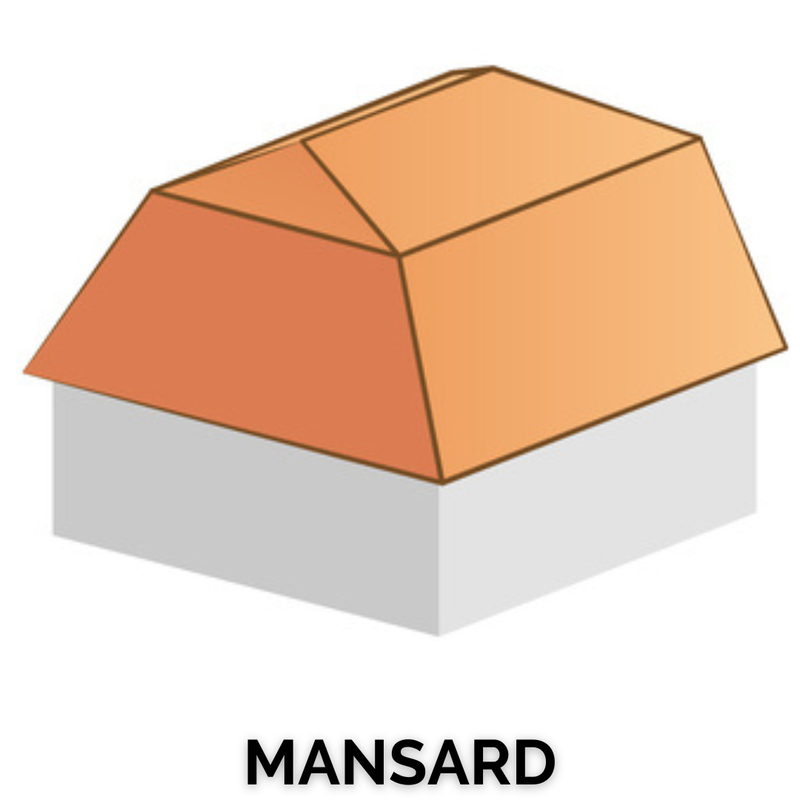
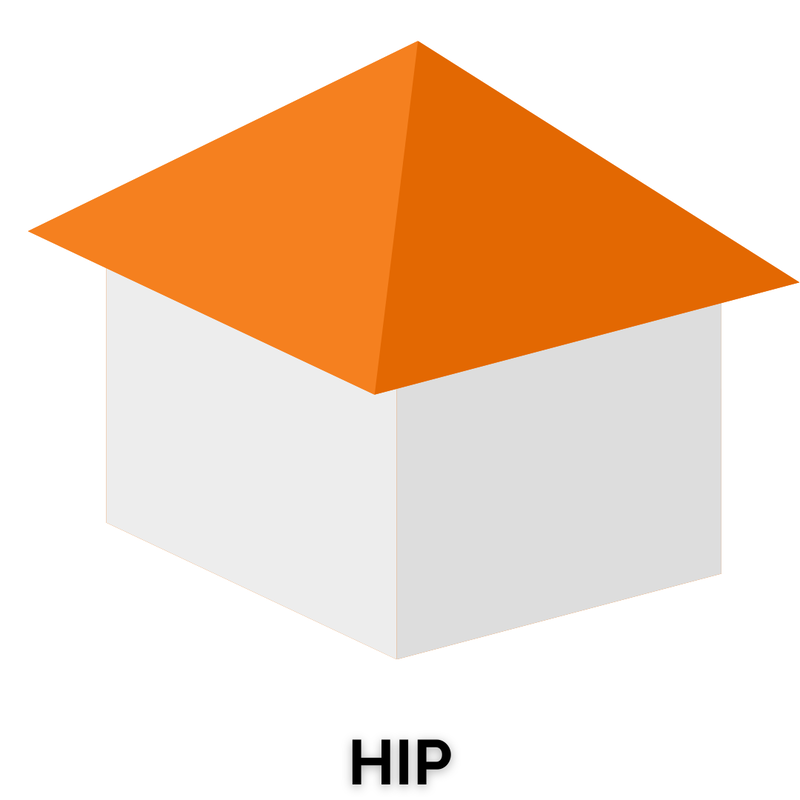
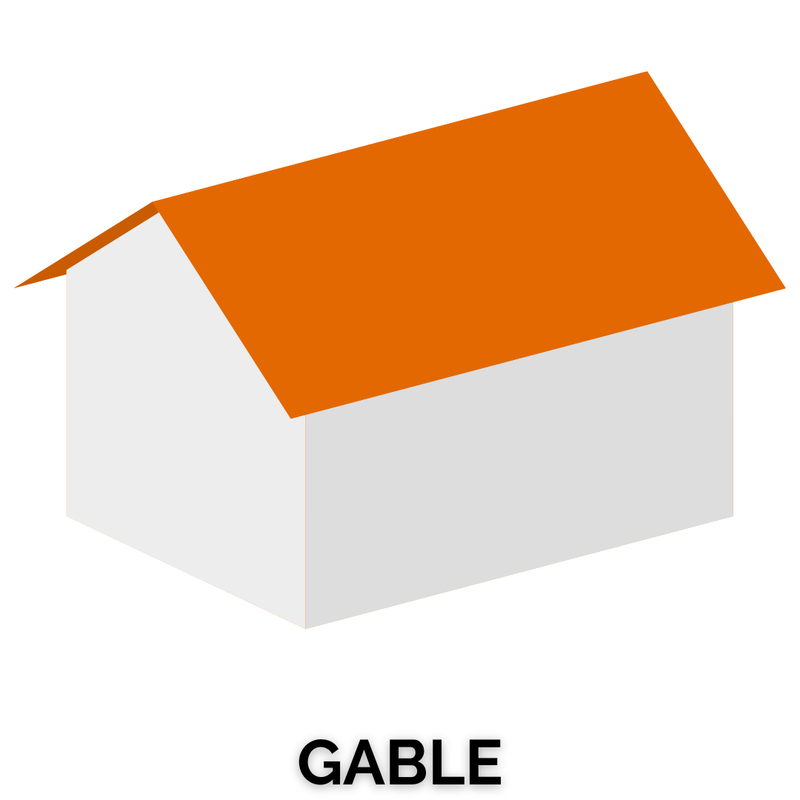
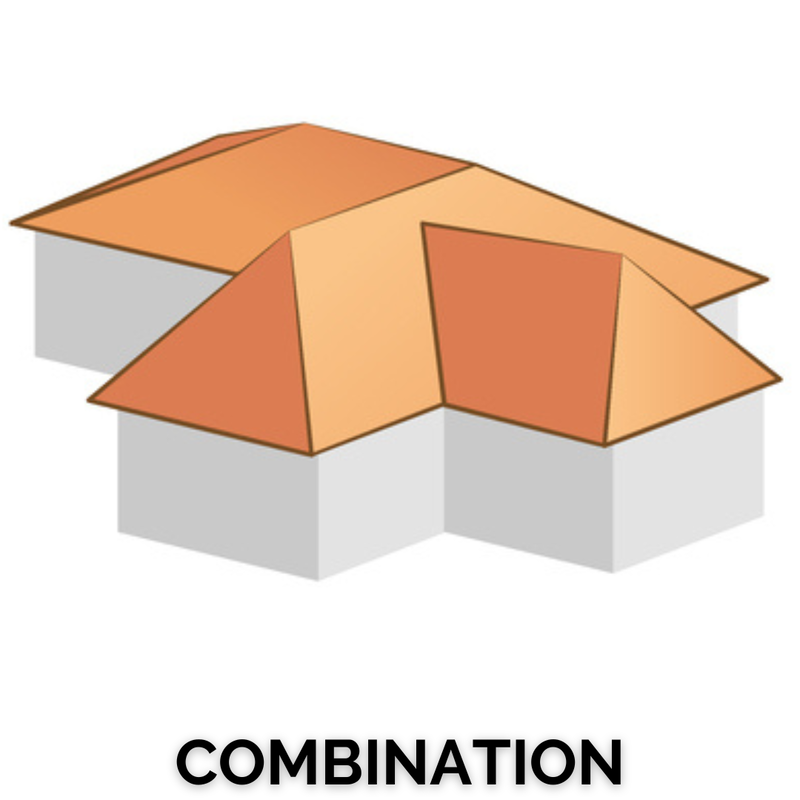
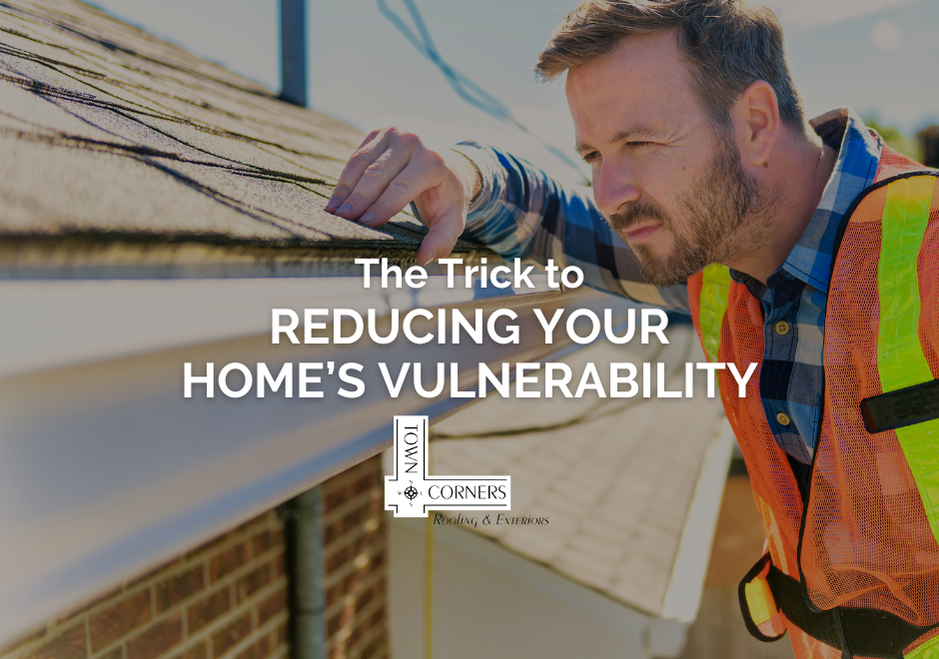


 RSS Feed
RSS Feed
